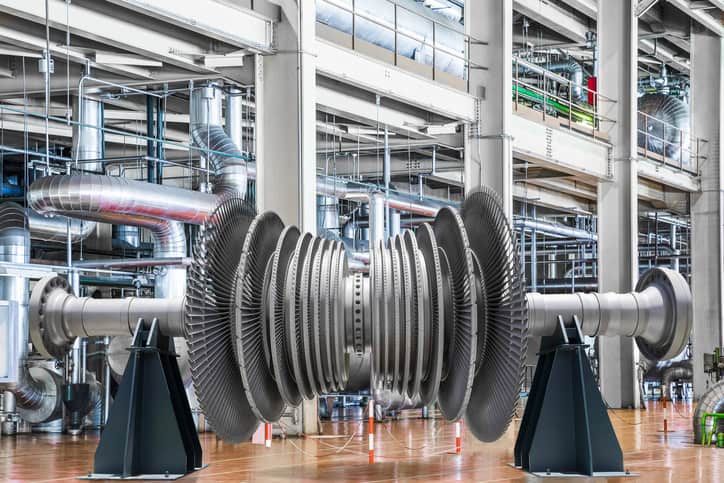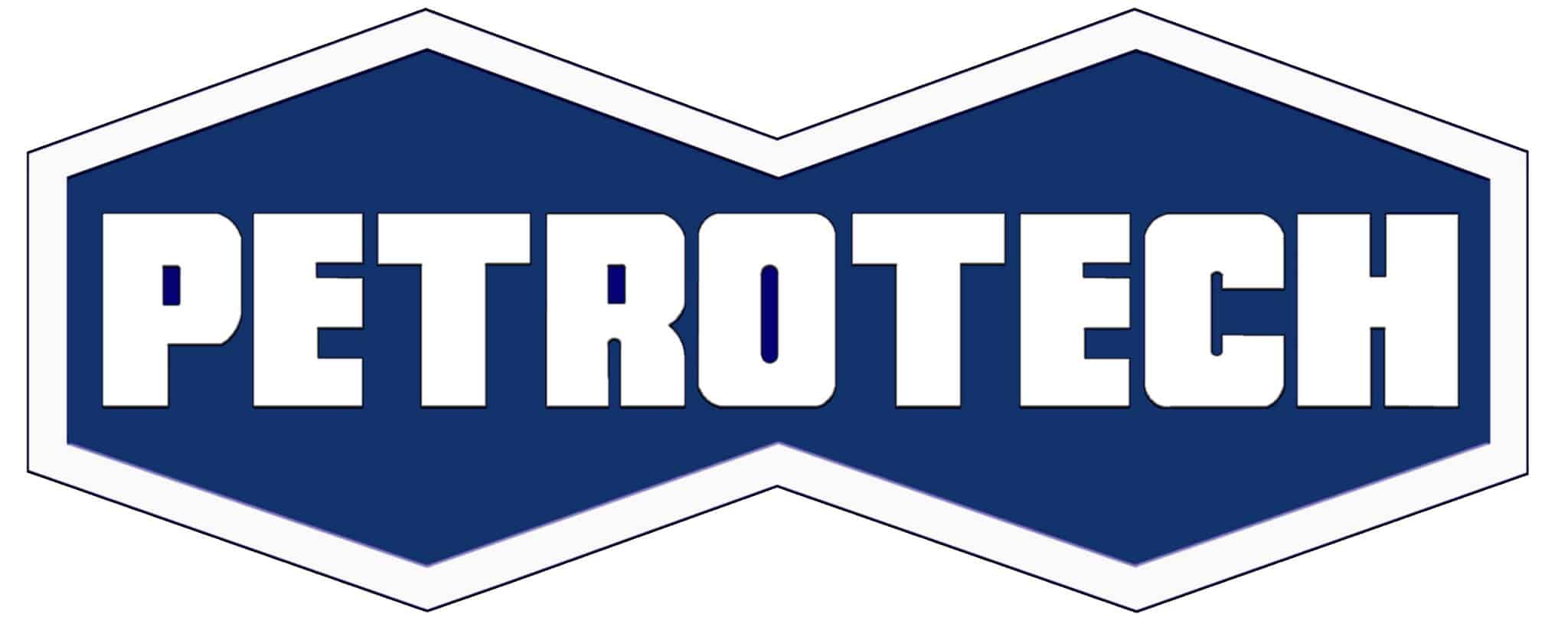
Steam Turbine Controls
Good quality steam turbine controls ensure high availability, reliability, and efficiency in compressor and generator drive applications. This article reviews the functions of steam turbine controls, general start-up and shutdown procedures, and control philosophy.
Functions of Steam Turbine Controls
Steam turbine controls perform various functions to maintain high levels of efficiency, reliability, and availability.
Start-up and Shutdown Sequencing
The control system coordinates events in the turbine’s start-up and shutdown sequences. These include preheating, purging, and ramping up/down the turbine speed and load according to a predefined procedure.
Steam Temperature and Pressure Control
Steam turbine controls monitor and adjust the temperature and pressure of the steam entering the turbine at each time. This ensures optimal performance and prevents damage to turbine components due to overheating or excess pressure.
Fault Detection and Diagnostics
The control system continually monitors turbine parameters and performance data to detect potential faults and abnormalities. It also provides diagnostic information and alarms to operators using a Human-Machine Interface (HMI) to identify potential issues and facilitate troubleshooting. Incorporating PLCs enables automated responses to these potential issues.
Data Logging and Reporting
By utilizing sophisticated systems like SCADA, turbine controls can record operational data and performance metrics for analysis and reporting purposes. This data can be available on-site and remotely for performance optimization, predictive maintenance, and regulatory compliance.
Governor Control
As load variations occur, governor mechanisms regulate the turbine speed and prevent overspeed conditions. This entails adjusting the steam flow or blade pitch based on feedback from speed sensors.
General Start-up and Shutdown Procedures
The start-up and shutdown process of steam turbines must be systematically executed to ensure equipment and personnel safety. Although the specific details vary according to the type and size of turbine system, some common principles apply.
Steam Turbine Start-up
Before starting a steam turbine, some other subsystems and equipment need to be in operation. Generally, the start-up documentation from the manufacturer/supplier specifies them, and they usually include:
- Lubrication system.
- Oil steam extraction system.
- Open circulating water system.
- Condensate system.
- Water supply system.
- Closed circulating cooling system.
- Industrial pumps.
In addition to these systems, checks must be carried out to verify the readiness of instrumentation and safety devices. After this pre-start-up procedure, depending on the turbine’s current status, there are usually three methods of starting.
Cold Start-up Status
This procedure is followed when a steam turbine has been shut down or on standby for several hours (over 15 hours). As a result, the rotor temperature may be below 150℃ and requires a few hours (about 5 hours) to bring the turbine up to its rated speed. During this process, the steam turbine controls limits the temperature rise rate to a specified range, usually around 3 to 5℃/min. At such rates, the increase in thermal stress on turbine materials is manageable.
Warm Start-up Status
A steam turbine is in a warm state when the turbine body temperature lies between 150 and 350℃. At this stage, the new steam coming in needs to be higher than the turbine body, while the superheat temperature should be in excess of 50℃. Most parameters like steam quality, pressure, and lubricating oil temperature are similar to when starting in a cold state. However, at this stage, the load can be gradually applied in line with the documentation from the manufacturer/supplier.
Hot Start-up Status
When the turbine body temperature is over 350℃, it is in a ‘hot state’. The temperature requirements for the new steam are the same as during the warm start-up, so the steam temperature should be over 400℃. Moreover, the turbine loading rate is much higher as it can quickly attain maximum capacity.
Steam Turbine Shutdown
Shutdown procedures are equally critical in safeguarding turbine integrity and prolonging its operational lifespan. When a shutdown sequence commences either as planned or due to an emergency, it entails the following steps:
- Load Reduction: The controls gradually reduce load on the steam turbine by adjusting steam inlet valves. As a result, there is a corresponding reduction in the generator power output.
- Speed Control: The control system also regulates turbine speed during shutdown to facilitate a smooth deceleration. This avoids excessive vibrations that can damage components.
- Cooling Down: Introducing cooling steam or air to the turbine system gradually lowers temperatures and pressures, which minimizes thermal stresses on components.
- Turbine Generator Trip: The turbine generator can be tripped when the unloading process finishes and predefined criteria are met. Then, the inlet valve closes completely to stop steam flow.
- Subsystems Shutdown: After the turbine generator is halted, supporting systems like lubrication and cooling systems can also be tripped.
Depending on the control system, some of these steps are automatic. As such, the operator needs to check that they occur at the proper turbine speed and perform them manually if necessary.
Steam Turbine Controls Philosophy
At the core of steam turbine controls lies a comprehensive philosophy to optimize performance while prioritizing safety and reliability. Some key principles of control philosophy include:
- Proportional-Integral-Derivative (PID) Control: Utilizing PID control algorithms to regulate parameters like turbine speed and pressure helps maintain optimal operating conditions. For example, during a planned shutdown, an operator can enter the target load (which is zero) and the predetermined rate of unloading. Then, the controls will adjust parameters in different system parts, like the boilers, reheaters, and cooling system, to attain this setpoint value.
- Redundancy and Fault Tolerance: Steam turbines are critical in processes requiring high availability levels. So, it is necessary to implement redundant control systems and safety features to minimize operation interruption. These measures can include having standby pumps, bypass lines, etc.
- Predictive Maintenance (PM): Developing a PM strategy is necessary for anticipating equipment failures and scheduling maintenance. Our team of engineers at Petrotech can provide expert guidance in establishing an efficient PM strategy for existing and new steam and gas turbine facilities.

